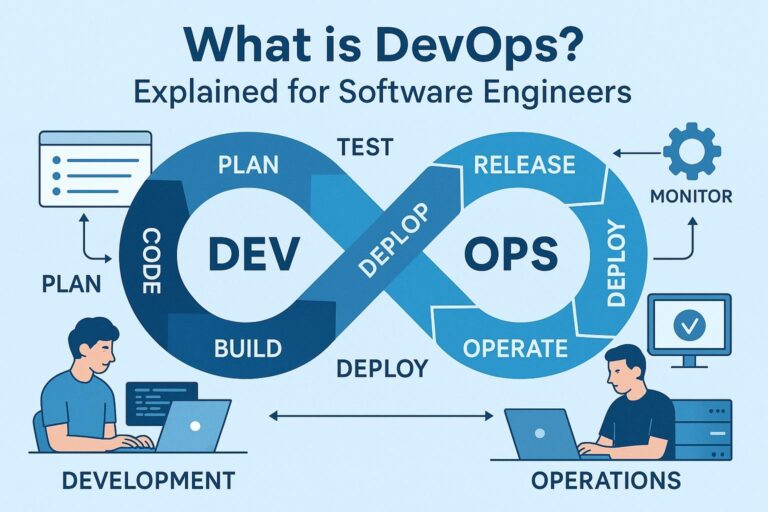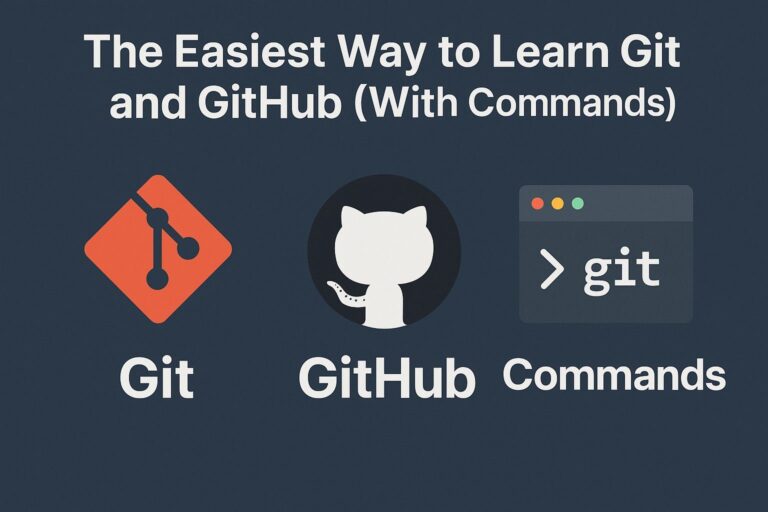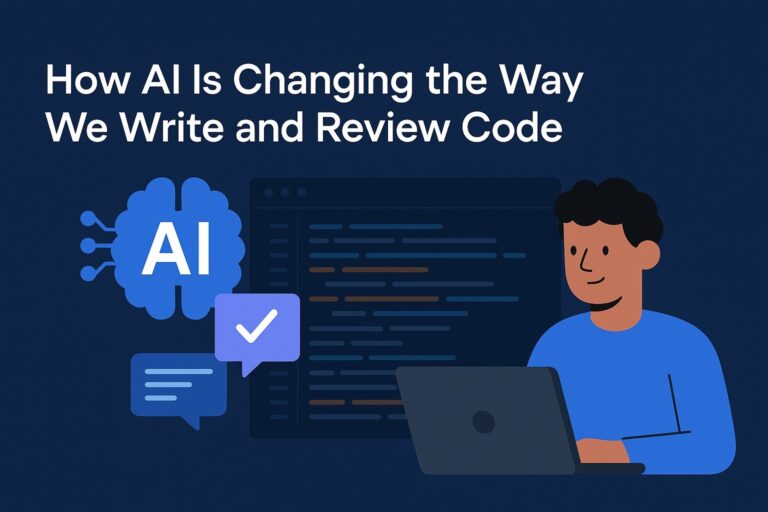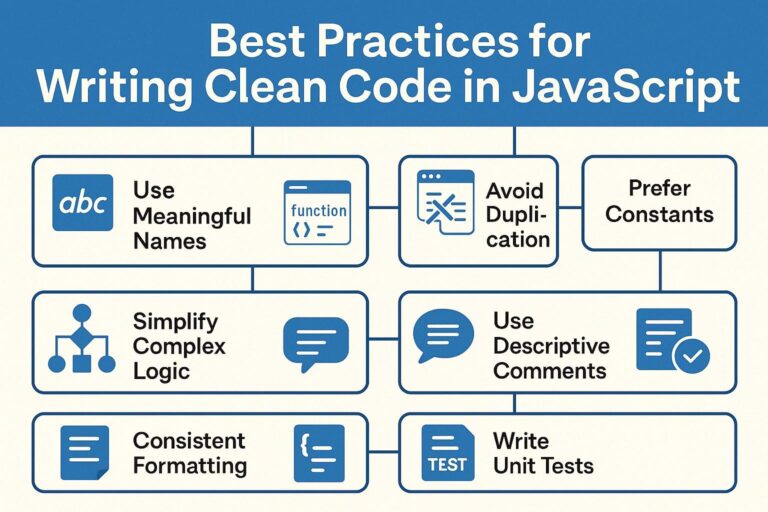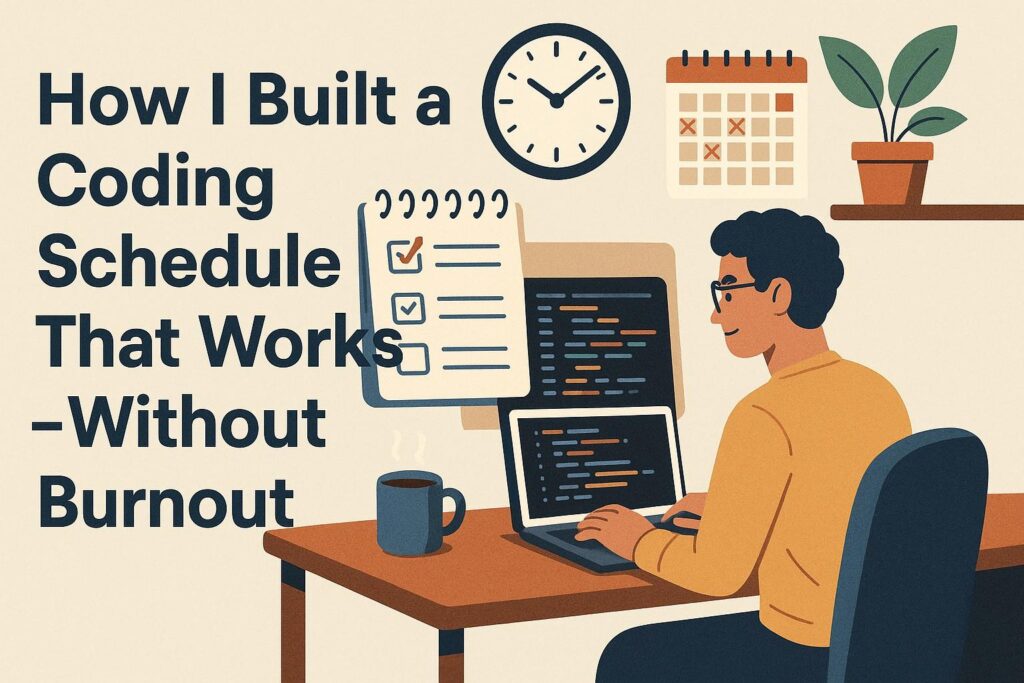
Learning to code can be exhilarating—but it can also be overwhelming. Between tutorials, personal projects, documentation, bootcamps, and job hunting, it’s easy to fall into the trap of doing too much, too fast. That’s exactly what happened to me early in my programming journey.
I was putting in 10+ hour days, jumping between multiple resources, pushing myself to “keep up”—only to find myself mentally drained, inconsistent, and eventually burned out.
Eventually, I learned that burnout wasn’t a badge of honor—it was a red flag. It meant my schedule and strategy needed to change.
In this post, I’ll walk you through how I built a coding schedule that actually works—a sustainable routine that helped me stay consistent, productive, and energized, without losing my passion or peace of mind.
The Problem: Too Much, Too Soon
Like many beginners, I believed that “more hours = faster results.” So I overloaded my days with:
- 6+ hours of video tutorials
- Building mini projects late into the night
- Taking zero breaks or time off
- Skipping meals, exercise, and sleep
- Constantly comparing my progress to others
The Result?
- I couldn’t retain what I was learning
- I felt mentally foggy and unmotivated
- My projects were rushed, unstructured, and often abandoned
- I began to dread coding sessions rather than enjoy them
That’s when I realized I didn’t need to quit coding—I needed to code smarter, not harder.
What I Learned About Burnout
Burnout is more than physical tiredness—it’s mental and emotional fatigue caused by long-term stress without adequate recovery. For coders and students, it often shows up as:
- Procrastination despite free time
- Copying code without understanding it
- Struggling to focus on basic tasks
- Feeling inadequate no matter how much you do
- Frequent thoughts of giving up
Burnout doesn’t just slow your progress—it can destroy your momentum completely. I needed to rebuild from the ground up with a system that prioritized sustainability, balance, and deep learning.
The Shift: From “Grinding” to “Strategic Practice”
Here’s how I reshaped my coding lifestyle into a balanced and repeatable system that I could maintain for months—without crashing.
Step 1: I Defined Clear Weekly Goals, Not Daily Quotas
I stopped trying to code for a fixed number of hours daily and started setting outcome-driven weekly goals like:
- Complete one mini project
- Finish 2–3 modules from a course
- Solve 5 intermediate coding problems
- Write one blog or code review post
Why It Worked:
- Focused on progress over perfection
- Allowed flexibility for busy or low-energy days
- Prevented guilt or burnout when life got in the way
Example Weekly Goal:
“Build a responsive landing page with HTML/CSS, add interactivity with JavaScript, and deploy it on GitHub Pages.”
Step 2: I Built a Daily Routine with Variety
To keep coding mentally stimulating, I diversified my tasks. Instead of doing only one type of learning, I structured my day into:
| Time | Activity |
| 7:30 AM – 8:00 AM | Review previous day’s notes or bugs |
| 10:00 AM – 11:30 AM | Project work (building or debugging) |
| 1:00 PM – 1:30 PM | Watch a short tutorial or read docs |
| 4:00 PM – 4:30 PM | Practice coding problems (e.g., LeetCode) |
| 8:00 PM – 8:15 PM | Plan the next day or write a journal |
Key Insight:
Switching between active building, passive learning, and reflection helped prevent mental fatigue and made my sessions more enjoyable.
Step 3: I Reserved One Day a Week for “No Coding”
Yes—one full day every week, without touching code.
Instead, I:
- Went for a walk or cycled
- Read non-tech books
- Listened to podcasts or music
- Met friends or explored a hobby
- Did a weekly reflection of what I learned
Why This Helped:
It gave my brain a chance to rest and process, reduced the feeling of “grind,” and kept my passion alive. Ironically, I became more excited to code the next day.
Step 4: I Used the Pomodoro Technique for Focus
To improve focus during study sessions, I used Pomodoro intervals:
- 25 minutes of deep work
- 5-minute break
- After four sessions, a longer 25-minute break
This helped me:
- Stay mentally fresh
- Avoid burnout from marathon sessions
- Improve concentration and task completion
Pro Tip:
During breaks, do non-digital activities like stretching, walking, or journaling—don’t just scroll social media.
Step 5: I Tracked Progress, Not Hours
Instead of tracking how many hours I coded, I logged:
- What I accomplished each day
- How I felt (energized, distracted, motivated, etc.)
- What I found difficult or worth revisiting
Tool Used:
I created a simple Google Sheet with columns like:
- Task
- Time Spent
- Outcome
- Mood
- Notes for Tomorrow
This habit gave me clarity and kept me from forgetting how far I’d come, especially on days when progress felt slow.
Step 6: I Prioritized Sleep, Nutrition, and Exercise
When I took care of my body, my brain followed.
- Slept 7–8 hours per night
- Ate protein- and fiber-rich meals to maintain focus
- Took 10–20 minute walks during the day
- Practiced deep breathing or meditation on stressful days
Result:
- More energy to code
- Sharper problem-solving skills
- Fewer bugs caused by simple oversights
- Overall better emotional regulation
Step 7: I Gave Myself Permission to Learn Slowly
This was perhaps the hardest but most important mindset shift.
I stopped comparing my pace to YouTubers or “#100DaysOfCode” posters. I started valuing depth over speed.
I asked myself:
- Can I build a basic app with this concept?
- Can I write the logic from scratch?
- Can I explain it clearly to someone else?
If yes—even after just 30 minutes—I counted the day as a win.
Step 8: I Celebrated Small Wins
Every completed function, solved bug, or finished module was acknowledged. I rewarded myself with:
- A favorite meal
- A guilt-free Netflix episode
- Sharing progress with friends or online
- Writing about my learning publicly
Small rewards reinforced motivation and reminded me:
Progress is built in layers, not leaps.
The Outcome: Sustainable Growth Without Burnout
After switching to this strategy:
- I built 3 complete portfolio projects in 2 months
- Learned React with real understanding (not just copying)
- Practiced consistently 5–6 days a week without exhaustion
- Developed more clarity and confidence in debugging
- Stayed motivated long enough to complete courses and move forward
Most importantly, I stopped starting over.
This time, the habit stuck.
Final Thoughts
Burnout is not a measure of dedication—it’s a sign your strategy is broken.
You don’t need to code 10 hours a day to succeed. You need a sustainable rhythm, clarity in your goals, and the courage to slow down when needed.
If you’re feeling drained, unmotivated, or overwhelmed:
- Shift to weekly outcomes
- Build variety into your learning routine
- Take real breaks
- Track your growth—not your hours
- Learn at your own pace
The best developers aren’t the fastest—they’re the most consistent, intentional, and balanced.

I’m Shreyash Mhashilkar, an IT professional who loves building user-friendly, scalable digital solutions. Outside of coding, I enjoy researching new places, learning about different cultures, and exploring how technology shapes the way we live and travel. I share my experiences and discoveries to help others explore new places, cultures, and ideas with curiosity and enthusiasm.


